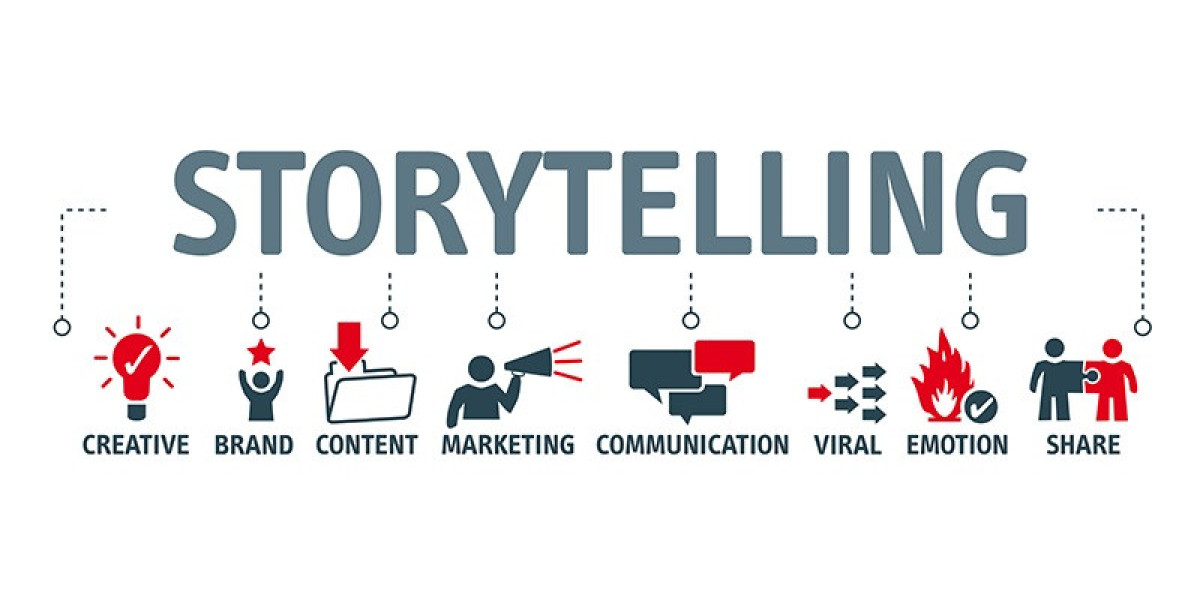In the ever-evolving landscape of marketing, understanding diverse consumer groups has become increasingly challenging. As markets fragment and consumer preferences become more nuanced, marketers are turning to innovative methods to gain insights. One such method gaining traction is the use of fake identities in marketing research. This approach, while controversial, offers unique opportunities to delve into consumer behavior in ways traditional methods may not allow.
Understanding Fake Identities in Marketing Context
Fake identities in marketing refer to artificially created consumer profiles used for research and testing purposes. These profiles go beyond traditional consumer personas, offering more detailed and diverse representations of potential customers. Tools like Ugener can generate these profiles, complete with names, demographics, preferences, and even simulated online behaviors.
Applications in Marketing Research
The use of fake identities has found applications across various aspects of marketing:
- Market Segmentation and Targeting: Creating diverse fake profiles helps in identifying and understanding niche market segments.
- Product Development and Testing: Simulated consumers can provide feedback on product concepts without the risk of idea leaks.
- Advertising and Messaging Effectiveness: Testing ad campaigns on a range of fake profiles can help refine messaging before public launch.
- Customer Experience Optimization: Fake identities can be used to test customer journeys and identify pain points.
- Competitive Analysis: Creating profiles that match competitors' target audiences can provide insights into their strategies.
Benefits of Using Fake Identities in Marketing
The adoption of fake identities in marketing research offers several advantages:
- Access to Diverse Perspectives: Generates a wide range of consumer viewpoints that might be challenging to access through traditional methods.
- Reduction of Bias: Helps minimize researcher bias in crafting consumer profiles.
- Cost-Effectiveness: Provides a more affordable alternative to large-scale focus groups or surveys.
- Testing Sensitive Concepts: Allows for the exploration of controversial or sensitive product ideas without public exposure.
- Rapid Iteration: Enables quick testing and refinement of marketing strategies.
Ethical Considerations
While the benefits are significant, the use of fake identities in marketing raises important ethical questions:
- Privacy Concerns: Even with fake data, there's a need to handle information responsibly.
- Misrepresentation: Risk of making decisions based on artificial data that may not accurately represent real consumers.
- Impact on Trust: If discovered, the use of fake identities could damage consumer trust in the brand.
- Stereotyping: Potential for reinforcing biases if fake profiles are not crafted carefully.
- Legal Implications: Possible violations of data protection laws or platform terms of service.
Implementing Fake Identities in Marketing Strategies
To effectively use Fake identities represent a powerful tool in the modern marketer's arsenal for understanding consumer behavior. in marketing:
- Create diverse and representative fake profiles that reflect the target market.
- Integrate these profiles into existing market research methodologies.
- Analyze data gathered from fake identity interactions alongside real consumer data.
- Use insights as a starting point for further investigation with real consumers.
Case Studies
Several companies have successfully implemented fake identity strategies:
- A tech startup used fake profiles to test user interface designs, leading to a 30% improvement in user engagement upon launch.
- A cosmetics brand utilized fake identities to explore potential new market segments, resulting in the successful launch of a niche product line.
However, there have also been cases where over-reliance on fake identity data led to misaligned marketing strategies, emphasizing the need for balanced approach.
Tools and Technologies
The fake identity ecosystem in marketing includes:
- Fake identity generators like Ugener
- Social media simulation platforms
- AI-powered consumer behavior prediction tools
- Advanced data analysis software for interpreting fake identity interactions
Impact on Traditional Marketing Research Methods
While not replacing traditional methods entirely, fake identity research is changing the landscape:
- It complements focus groups and surveys by providing initial insights for further exploration.
- Integration with big data analytics can provide a more comprehensive view of consumer behavior.
- It offers a middle ground between purely data-driven approaches and traditional qualitative research.
Best Practices for Marketers
To use fake identities responsibly and effectively:
- Establish clear ethical guidelines for their use within the organization.
- Ensure diversity and accurate representation in created profiles.
- Always verify insights gained from fake identity research with real consumer data.
- Be transparent about research methodologies when presenting findings.
Future Trends
The future of fake identities in marketing looks to be shaped by:
- AI and machine learning creating more sophisticated and realistic profiles.
- Virtual and augmented reality enabling immersive consumer behavior simulations.
- Predictive modeling becoming more accurate through fake identity interactions.
Legal and Regulatory Landscape
The use of fake identities in marketing operates in a complex legal environment:
- Current regulations, such as GDPR in Europe, impact how fake identity data can be created and used.
- Industry self-regulation is emerging, with marketing associations developing ethical guidelines.
- Future legislation may further define the boundaries of fake identity use in research.
Challenges and Limitations
Despite its potential, using fake identities in marketing comes with challenges:
- Ensuring the accuracy and reliability of insights derived from artificial data.
- Difficulty in replicating the complexity of real consumer behaviors and motivations.
- Risk of creating an echo chamber effect if not properly balanced with real-world data.
Conclusion
Fake identities represent a powerful tool in the modern marketer's arsenal for understanding consumer behavior. They offer unique insights and efficiencies in research and strategy development. However, their use must be carefully balanced with ethical considerations and real consumer data.
As we look to the future, the role of fake identities in marketing is likely to grow, driven by advancements in AI and data analytics. The key for marketers will be to harness these tools responsibly, always keeping the end goal in mind: to truly understand and serve their consumers better.
By embracing innovative approaches like fake identities while maintaining a strong ethical framework, marketers can navigate the complexities of modern consumer landscapes more effectively, leading to more targeted, efficient, and successful marketing strategies.








